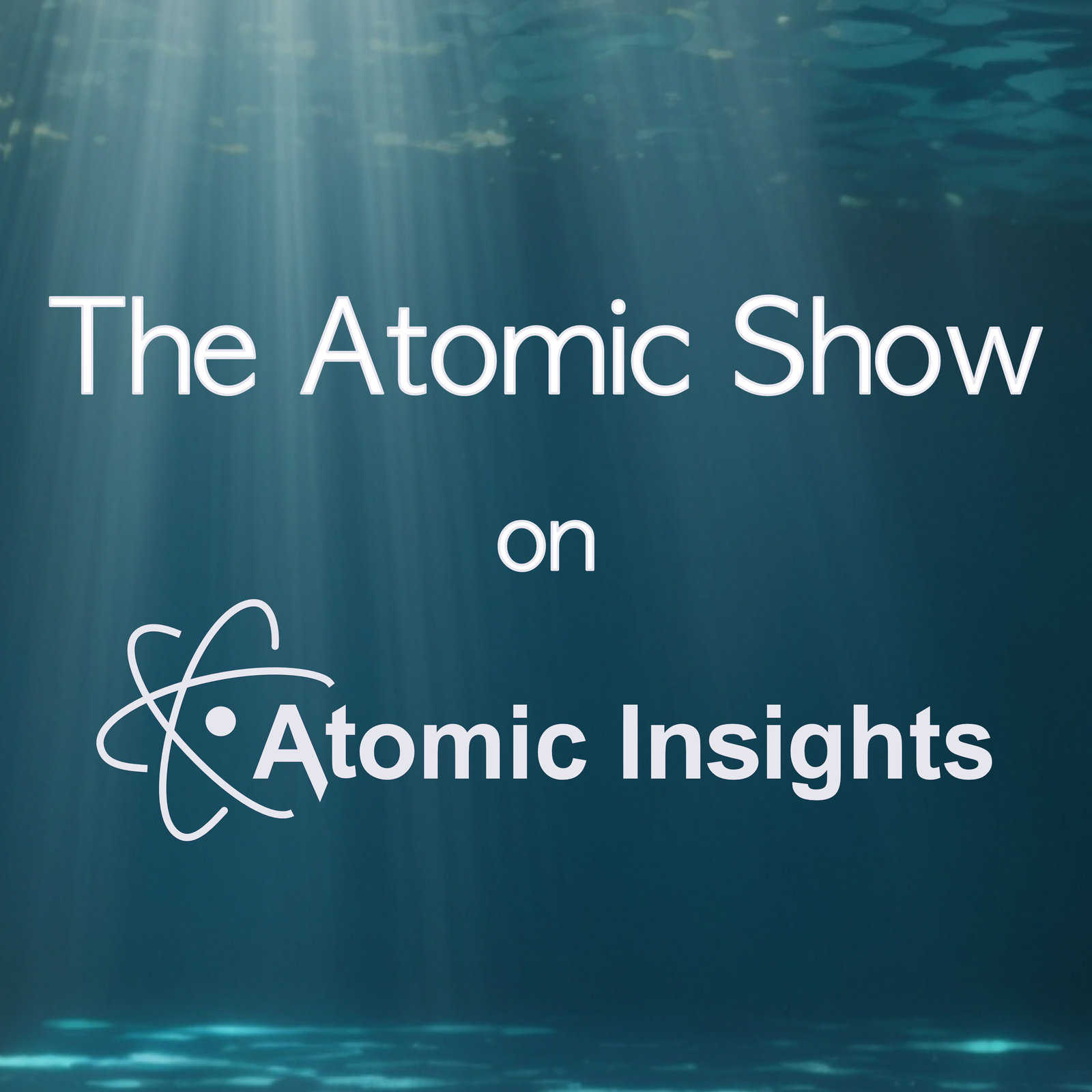Atomic Show #276 – HolosGen Claudio Filippone and Chip Martin

HolosGen has attacked the nuclear power plant cost and schedule challenge from the opposite direction chosen by many nuclear reactor developers. Claiming to be agnostic about the reactor specifics – as long as it produces reliable heat in a small-enough configuration – HolosGen founder Claudio Filippone decided to focus on radical improvements to the "balance of plant." Filippone worked for a decade as a consultant specializing in power production systems. He is both a nuclear engineer and an electrical engineer with the skills required to address a wide variety of systems and challenges. His advice was valued and sought after, allowing him to accumulate both ideas and resources. He began the groundwork for HolosGen in 2008 and incorporated the company in 2017. During his time as a consultant, he recognized that "the balance of plant" outside of the nuclear portions of a power plant represented 70-80% of the initial capital cost and a similar portion of the ongoing operations and maintenance costs. That was his inspiration for choosing to focus on radically improving that section of the system. As the submarine sound silencing saying goes, "attack the big noise first." The fundamental choice enabling dramatic improvement was to abandon the Rankine (steam) cycle and switch to the Brayton (gas turbine) cycle. He worked with visionaries inside the US Army's technical branches to gather requirements for mobile generators that could safely and reliably operate under extreme conditions. The challenging requirements included resistance to focused kinetic attacks. By choosing to meet performance requirements provided by one of the toughest customers available, Filippone and his HolosGen team have produced a design concept that can be manufactured and delivered to almost any customer in any location. HolosGen quad in a box. Copyright HolosGen. Used with permission The integrated power production system can fit inside of an ISO standard 40 foot long container. It will come in a number of different sizes depending on customer needs. One version will have a designed power capacity of 10 MWe. Filippone credits the ARPA-E Meinter program for helping HoloGen to achieve rapid progress in a radically new direction. He has hired a team of creative, aggressive, dedicated engineers, machinists and technicians – mostly fresh out of school or the military – and carefully trained them with a program that includes a healthy dose of hands-on work with functional components. He has inspired them with a vision and a mission to fundamentally change the way that nuclear energy can be put to useful work for society. The machines that he and his team have produced – and they have produced several functional prototypes – are modern, closed Brayton Cycle heat engines that use high-speed compressors and expanders that are coupled electrically, not mechanically. That configuration enables modern control systems to finely balance the compressor output with the turbine input, maximizing thermal efficiency over a wide range of power outputs. They will work with a variety of gases, including helium, nitrogen and supercritical CO2. Filippone has engaged the advisory services of Charles (Chip) Martin, a deeply experienced and well-connected nuclear professional. Immediately prior to joining HoloGen, Chip was the Glenn T. Seaborg Science and Engineering Policy Fellow for the American Nuclear Society. Dr. Filippone and Chip Martin joined me for a fascinating and detailed conversation about their integrated nuclear power system in a box. The show is a bit longer than normal, but I think you will find listening to it will be a valuable investment of your time. As always, comments are welcome.